The 10th of July is celebrated as the National Panic Attack Awareness Day. It is dedicated to raising awareness about panic attacks and why early intervention is important. On that basis, I want to raise your awareness about how you can handle panic attacks in children.
As a parent myself, I know that it can be disturbing to see your little struggle with panic attacks caused by such severe anxieties. I have seen parents feel helpless and hit a brick wall with nowhere left to turn.
Don’t worry you are not alone!
In this article, we have created a comprehensive guide for parents on dealing with panic attacks in children. We will give you the possible signs of panic attacks in kids that you need to look out for and provide you with tips to handle panic attacks in children.
5 Alarming Signs of Panic Attacks in Kids
Panic episodes are very scary and anyone can have them. You should be able to recognize when a child is having a panic attack before you can learn to handle panic attacks in children.

Here are five main signs of panic attacks in kids:
1. Extreme Fear or Worry
One of the tell-tale signs of panic attacks in kids is that your child may suddenly seem terrified or worried about something that doesn’t make sense at all. We know you may feel bewildered or concerned because the kid is unable to say what’s bothering them.
2. Physical Signs
While panicking, your child might sweat, shake, have a fast heartbeat, dizzy spells, or find it hard to breathe. We realize these signs can be alarming too since they mimic other health problems; therefore vigilance becomes necessary to handle panic attacks in children.
3. Avoiding Situations
When scared or anxious, some kids start avoiding places where such feelings could occur; activities that bring them face to face with their fears or even socializing altogether. This can interrupt their routine and hinder development hence they require understanding as well as support.
4. Emotional Pain
During a panic attack, children may show emotional pain through tears, and being easily annoyed/angered by everything around them among others which reflect the perception of imminent danger/death approaching nearer.
We understand how difficult it is for young ones to put such feelings into words so listening patiently with reassurance is important for you to handle panic attacks in children.
5. Change in Conduct
You may notice sudden changes like being more clingy than ever before; restless nights sleeping; inability to concentrate on anything for long periods etcetera thus indicating heightened general anxiety levels needing intervention and support from an adult’s perspective.
Acknowledging and responding appropriately to signs of panic attacks in kids calls for empathy coupled with tolerance on our part as grownups. Giving a bit more effort on this Panic Attack Awareness Day will enable you to learn how to manage anxiety during life transitions effectively.
Read More: 5 Key Indicators of Children’s Mental Health Issues You Need To Be Aware Of!
What Are The Causes of Panic Attacks in Children?
Many different things can lead to panic attacks in children, these factors intertwine with each other. Learning about these factors is crucial for you to understand how to handle panic attacks in children.
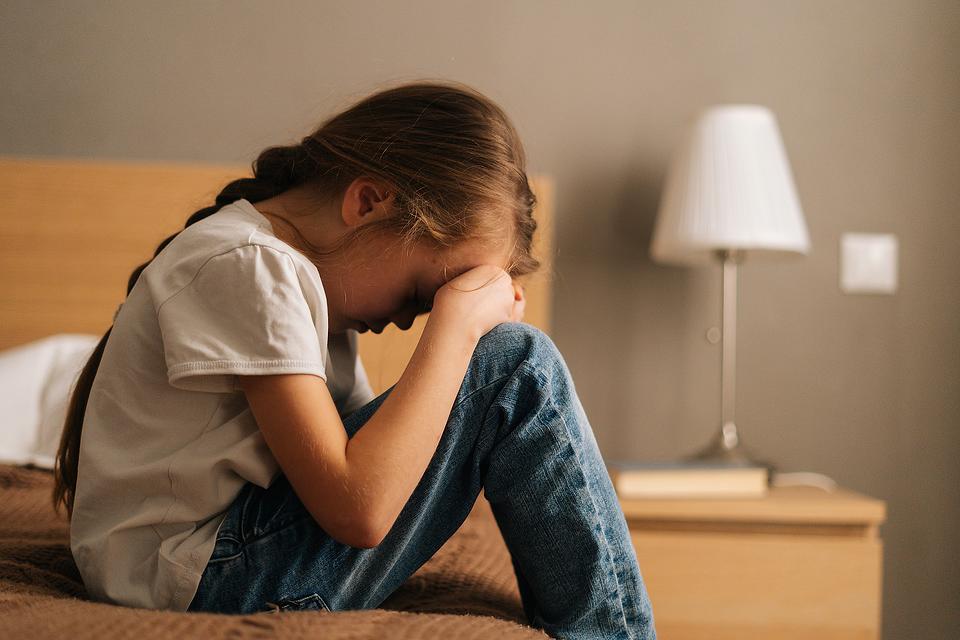
Here’s what might contribute to the onset of these episodes:
1. Genetic vulnerability
One thing you may want to consider is if anyone else in the family has ever had an anxiety disorder. We know that genes can affect how kids respond to stress and anxiety which makes them more prone to having panic attacks.
2. Environmental sensitivities
Sometimes a child’s environment can be full of stressors such as academic demands, family fights or big changes like moving.
During those times it’s easy for them to become overwhelmed with all the changes around them which could cause their mental health to suffer greatly.
3. Biological reasons
Panic attacks can be caused by changes in brain chemicals or hormones during growth and development in your child.
What this means is that some parts of their body may not work right so they won’t be able to control themselves when faced with certain situations where they feel threatened or frightened.
4. Post-traumatic stress disorder (PTSD)
Children who have gone through traumatic events themselves or seen others experience trauma often develop anxiety disorders including panic attack symptoms associated with posttraumatic stress disorder (PTSD).
No one understands better than us how deeply disturbing panic affects children’s minds. That is why it is important that on this National Panic Attack Awareness Day, you put a bit more effort into learning how to handle panic attacks in children.
Read More: 5 Signs Of Post-Traumatic Stress Disorder In Kids And How To Deal With Them!
5. Cognitive processes
If your kid tends to think too much and worry about everything it might raise their levels of fearfulness thus resulting in panicky moments frequently happening.
Early intervention should focus on addressing this type of distorted thinking pattern so that the child can develop adaptive coping mechanisms against anxiety disorders later on in life.
For us to fully understand what causes panic attacks among kids we need to consider a multitude of genetic, environmental, physiological, and psychological aspects.
This will help identify potential triggers thus enabling adequate support for the management of how to handle panic attacks in children.
Read More: What Is Childhood Trauma? 4 Signs of Lingering Childhood Hurt
7 Things You Can Do During Panic Attack In Kids
For kids, panic attacks can be hard to handle and for caregivers to control.
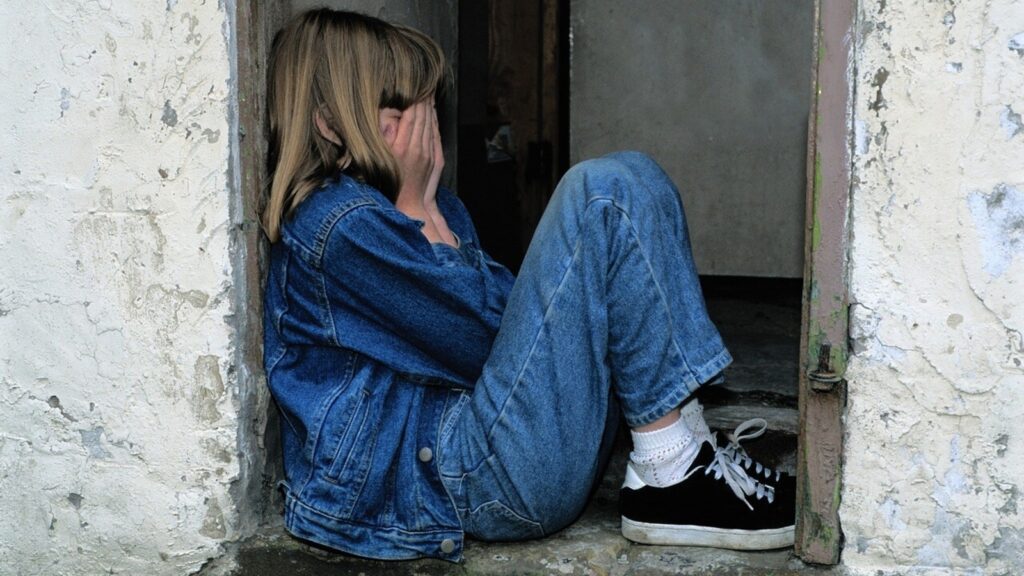
Below are seven useful methods that you can employ to handle panic attacks in children:
1. Keep Calm and Reassure
Being calm yourself is one way you can provide reassurance to your children during their panicky moments since this helps them feel secure. We realize that staying composed like this would make them feel more supported through what might seem overwhelming for them.
2. Advocate for Deep Breathing
Teach the child how to breathe deeply to regulate their breaths which will minimize physical symptoms brought about by anxiety. You can tell them to inhale slowly via the nose and then exhale through the mouth to promote relaxation.
3. Use Techniques of Distraction
One of the things we could do is divert attention elsewhere from our kids’ anxiety by involving them in some other activities or discussions.
This may mean talking about something they love doing most, counting any objects around where you are, or even having them listen to calming music.
4. Validate Their Emotions
To handle panic attacks in children, recognize what exactly your child feels without criticizing or ignoring it altogether; let him/her know that being frightened or worried is normal under such circumstances but also assure him/her of our presence throughout this period.
We appreciate that doing so helps children realize that others understand what they are going through hence making them feel less lonely.
5. Create Safe Atmosphere
Ensure there are no factors likely to worsen the condition of your kid’s nerves around him/her and thus make sure there is relative peace within his/her surroundings which should calm down his/her levels of agitation further.
For example, relocating to quieter rooms with dimmer lighting could work well in addition providing soft toys like blankets or stuffed animals would equally be helpful too.
6. Stay By Their Side
It’s always good if you never leave a person alone, especially during moments when they are experiencing severe panic attacks therefore try keeping proximity while holding their hands.
To handle panic attacks in children, we suggest that in case physical contact does not seem necessary, just remaining nearby could still have similar effects on them.
7. Consult an Expert When Necessary
If the problem persists or becomes too much interfering with normal daily activities then don’t hesitate to seek advice from pediatricians.
Mental health practitioners who may conduct further examinations prescribe coping mechanisms and recommend whether more assistance ought to be sought.
Remember, every child is different so it’s important to find out what suits your kid best while also seeking professional help whenever the need arises for the sake of their overall mental wellness.
Read More: 10 Effective Mental Health-Boosting Activities For Children
A Word From Mind Family
To handle panic attacks in children requires sensitivity, understanding, and effective strategies from caregivers. As parents ourselves, we recognize the distress of witnessing your child experience such intense anxiety. It’s natural to feel overwhelmed and unsure of how best to support them.
Remember, you’re not alone in this journey. Seeking professional guidance when needed can provide further support and tailored strategies for your child’s specific needs.
Above all, your presence and understanding play a crucial role in reassuring your child during panic attacks. With patience and proactive support, we can help our children overcome these challenges and thrive in their mental well-being.
Stay informed, stay supportive, and together this National Panic Attack Awareness Day, let’s prioritize our children’s mental health every step of the way.
Frequently Asked Questions (FAQs)
1. What are the signs of panic attacks in kids?
Intense fear, rapid heartbeat, sweating, avoidance behaviors, emotional distress, and sudden behavioral changes.
2. What are the causes of panic attacks in children?
Genetics, environmental stressors, biological changes, trauma, cognitive patterns, and social influences.
3. How to handle panic attacks in children?
Stay calm, reassure them, encourage deep breathing, use distractions, validate their feelings, create a safe environment, and consider professional help if needed.
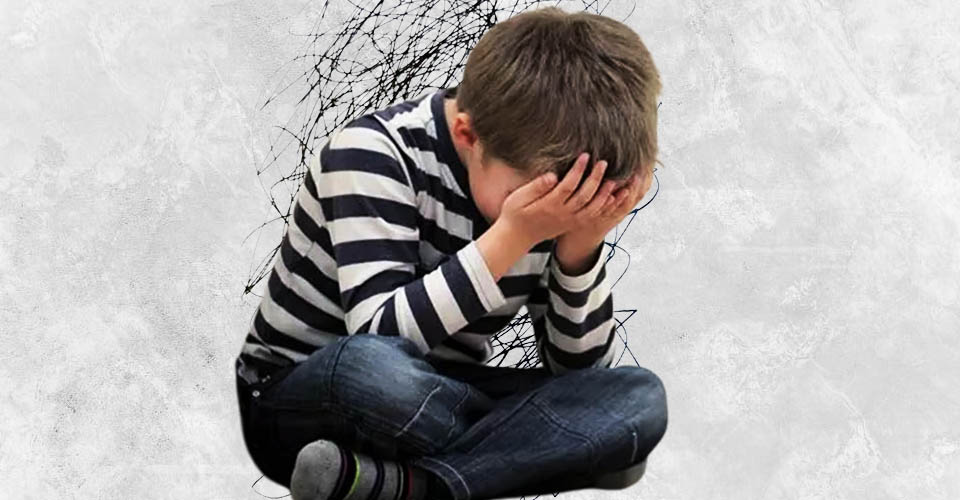
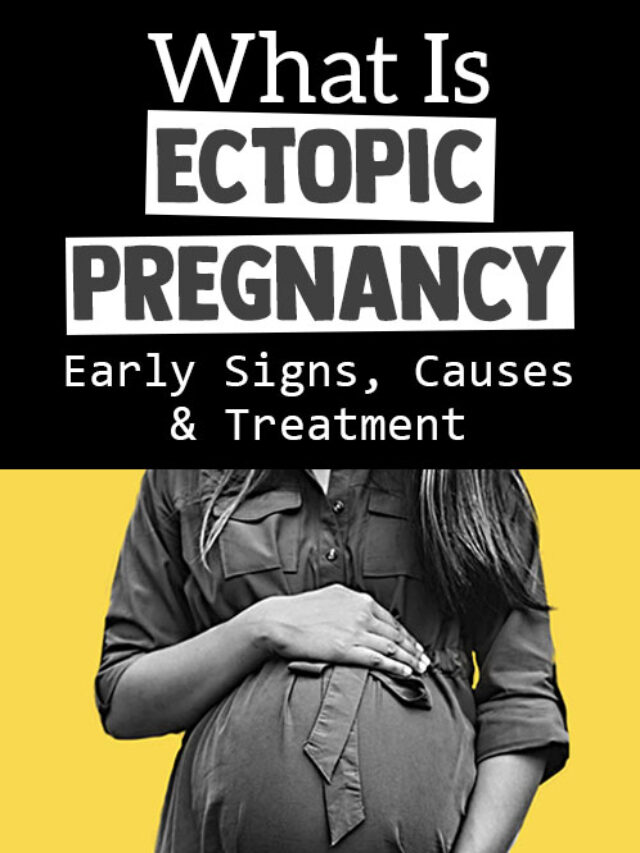
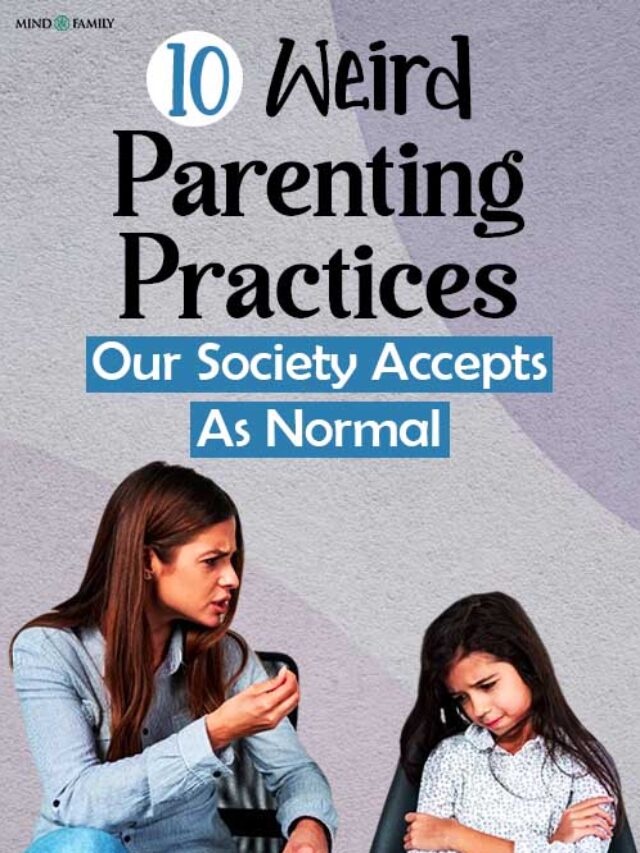

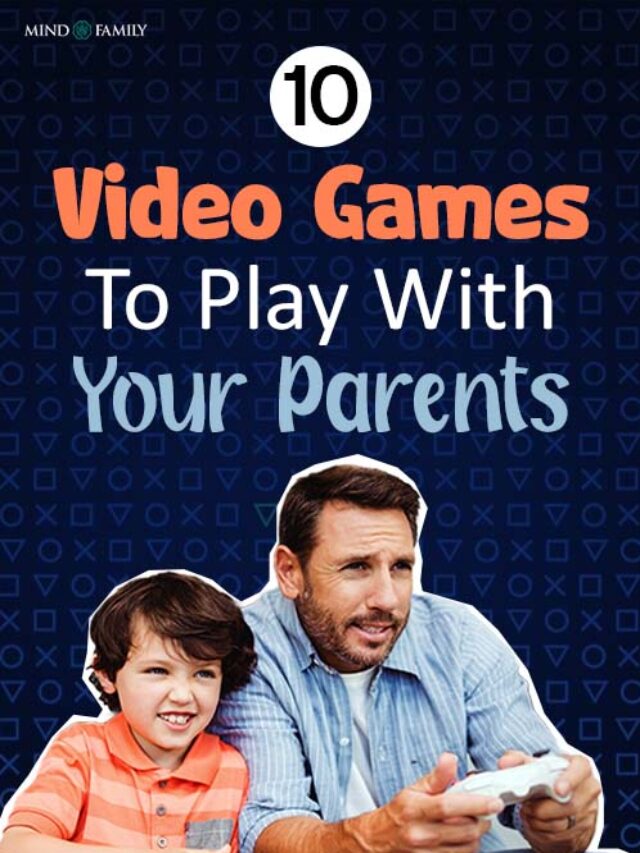
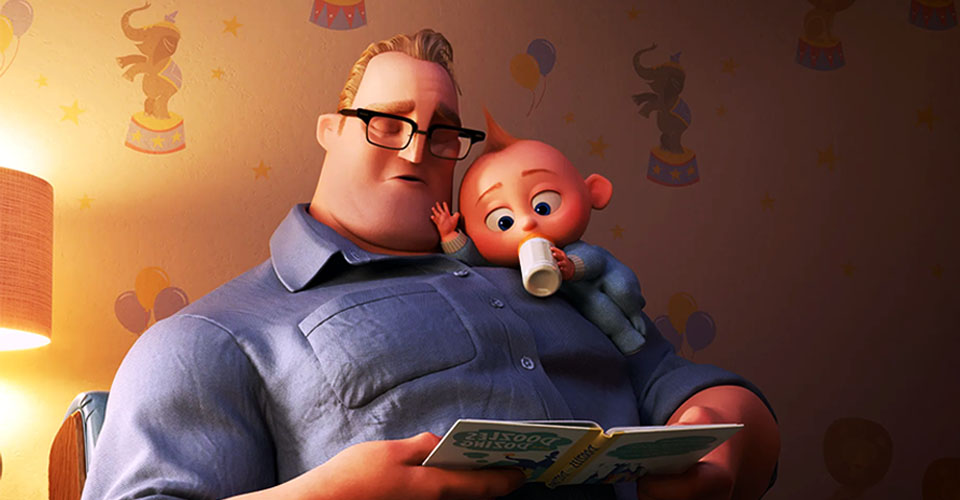

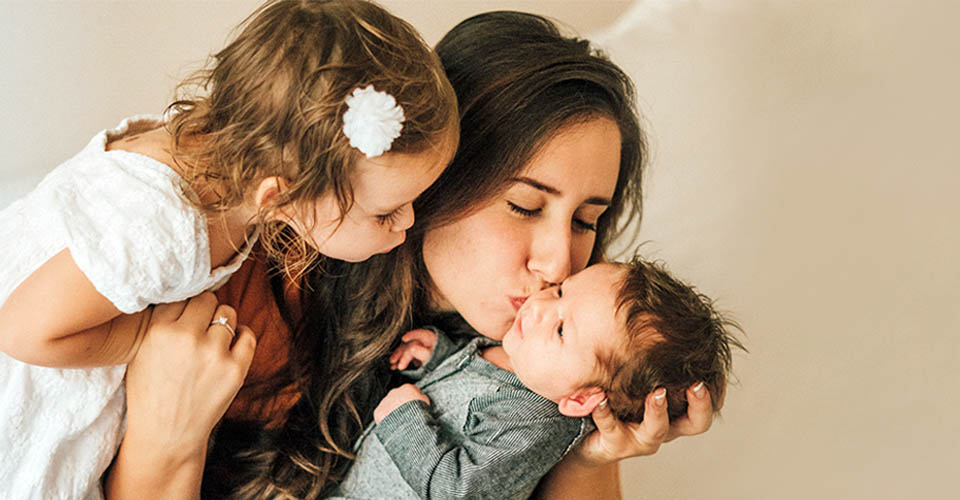
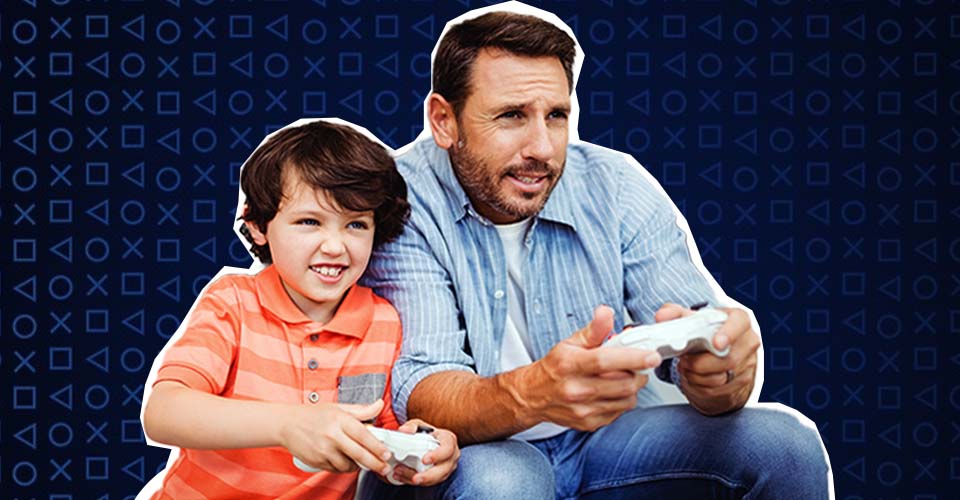


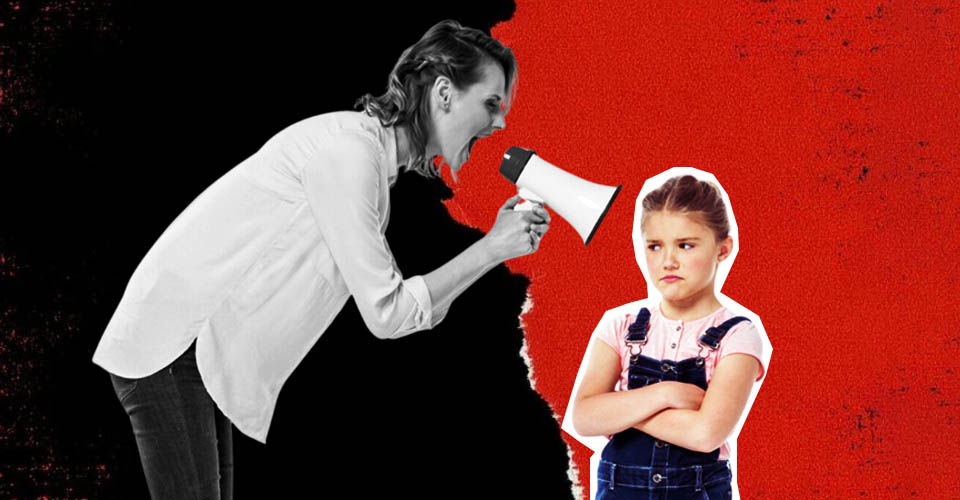
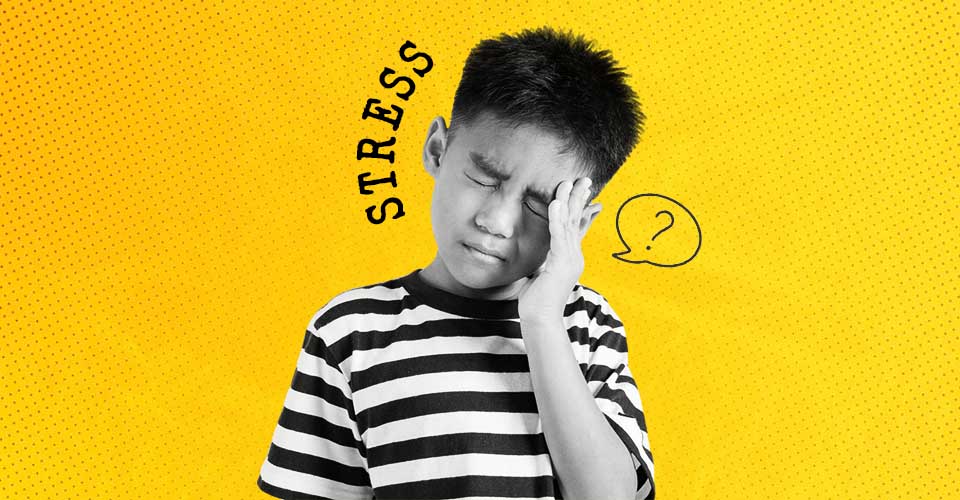
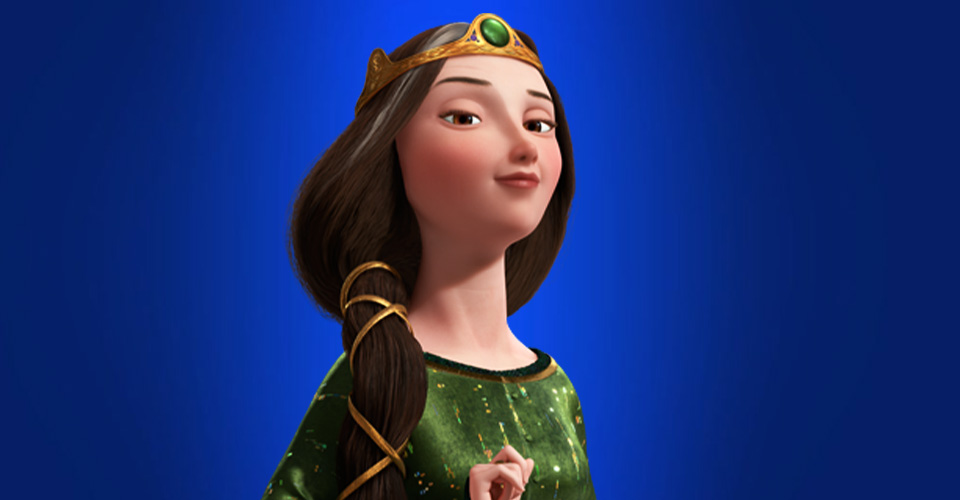
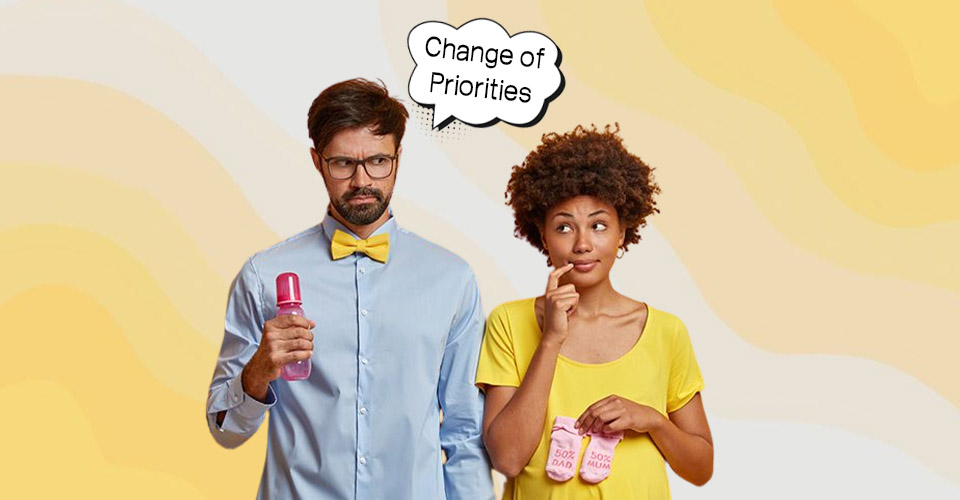
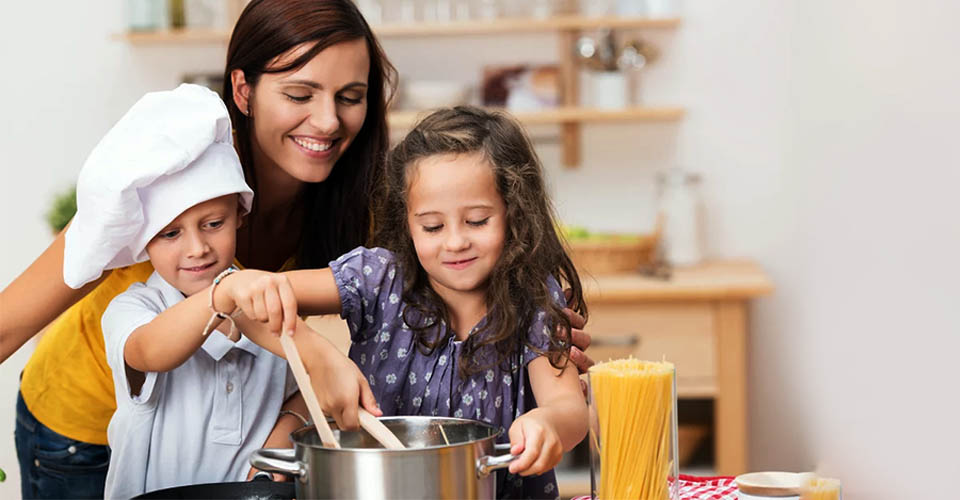
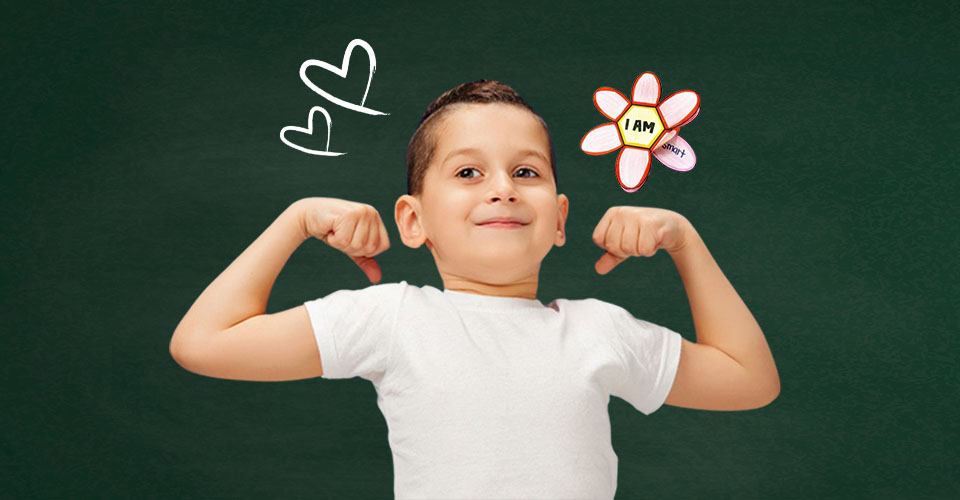
Leave a Reply